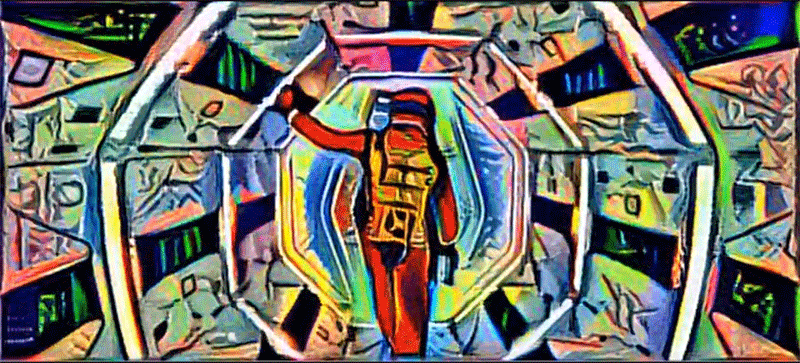In honor of the release of Jurassic World or, more specifically, the Jurassic World Lego sets, Lego has put out this cute stop motion animation A Jarring Encounter. Directed by Kris Theorin of Something's Awry, this short captures everything that is charming and iconic about Lego stop motion animations - quirky, slapstick comedy with unexpected punchlines in a recognizably Lego environment. This is what Lego animation should be.
In contrast Lego has also put out Jurassic Pals, a fully CG animation featuring Lego characters in a photo real environment, by CC Pixels. The short is well animated, and beautifully lit and rendered, and I take no issue with it technically. But if The Lego Movie taught us anything, its that the charm of Lego CG animation is that it obeys the rules of Lego physics. Lego is made of solid plastic which doesn't bend, it just rotates at the joints. It is also distinctively adorned with lots of small plastic studs, which allows for the interlocking of pieces and into which the character's feet snap. These facts about Lego are clearly visible in A Jarring Encounter, and The Lego Movie captured them so perfectly that people questioned if it was really CG. Without these elements, the Lego design of the characters is purely an aesthetic choice, and almost incidental to overall film.
So, in conclusion, the rule-breaking nature of the CG animation ends up falling a little flat, but the stop motion A Jarring Encounter is funny and charming, everything a Lego animation should be.

















